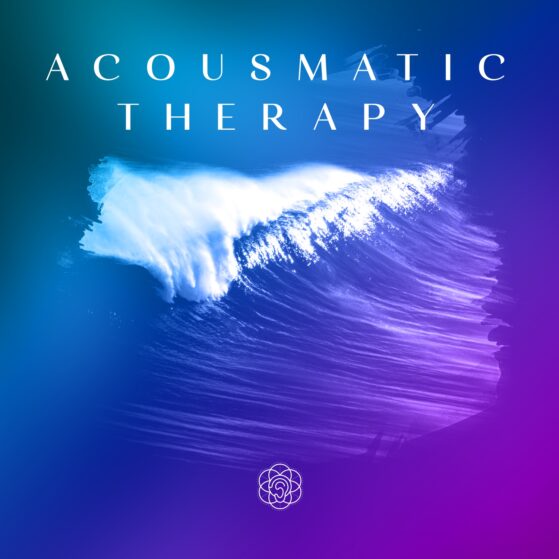Ready to conquer the effects of too much screen time, reclaim control of your free time, and respond better to the ups and downs of daily life?
(Without having to put your iPhone in the freezer, tempting though it might be?)
You’re not alone.
The way we interact with one another has changed in recent years.
It happened sometime in early 2020. You received an urgent email from your boss, or maybe HR: we’re closing the office due to COVID-19, and we’ll all be working from home for a couple of weeks.
But things spiraled, and “a couple of weeks” has stretched to nearly two years.
No more dropping by someone’s desk, or doing on-site visits with clients, or going out to lunch. Now, you have an app for meetings, an app for instant messages, and an app for emails. Every interaction you have with a coworker or client is handled via screens. And since there’s no physical boundary between home and work, the lines between the two are increasingly blurred.
Even when you’re not working, screens seem to be inevitable in your social life. You’ve been invited to Zoom baby showers, Zoom birthday parties, maybe even a Zoom wedding or a Zoom funeral.
But if you think back to how things were before the pandemic, your devices had already insinuated themselves into every second of your life. Three minutes of downtime between when you check in at the dentist’s office and when they call your name? Pick up your phone and start scrolling aimlessly.
Maybe you’re even familiar with the concept of reverse bedtime procrastination—all that time spent curled up under the covers at the end of the day, consuming social media when you were supposed to be asleep 30 minutes ago.
Add it all up (not for the faint of heart) and you’ll likely discover that you’re spending a shocking number of hours focused on a screen.
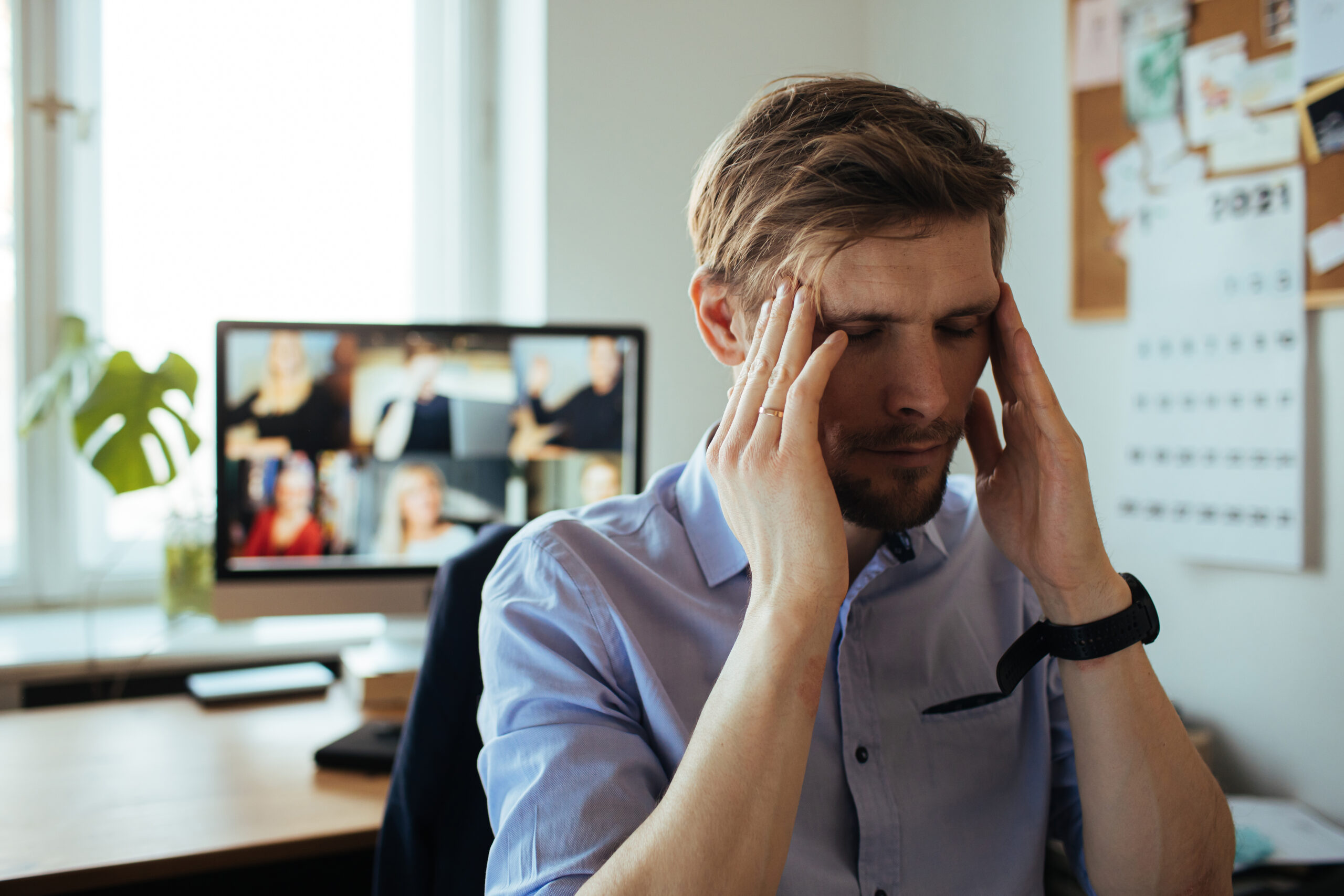
All those hours you spend with your eyes locked on a screen can have detrimental effects.
👁 Eye strain
⚡️ Headaches
🥱 Fatigue
🤕 Neck and back pain
🥺 Insomnia
👀 Fractured attention span
🔋 Lack of energy
🧨 Irritability
😖 Increased anxiety
📱 A compulsion to check your device
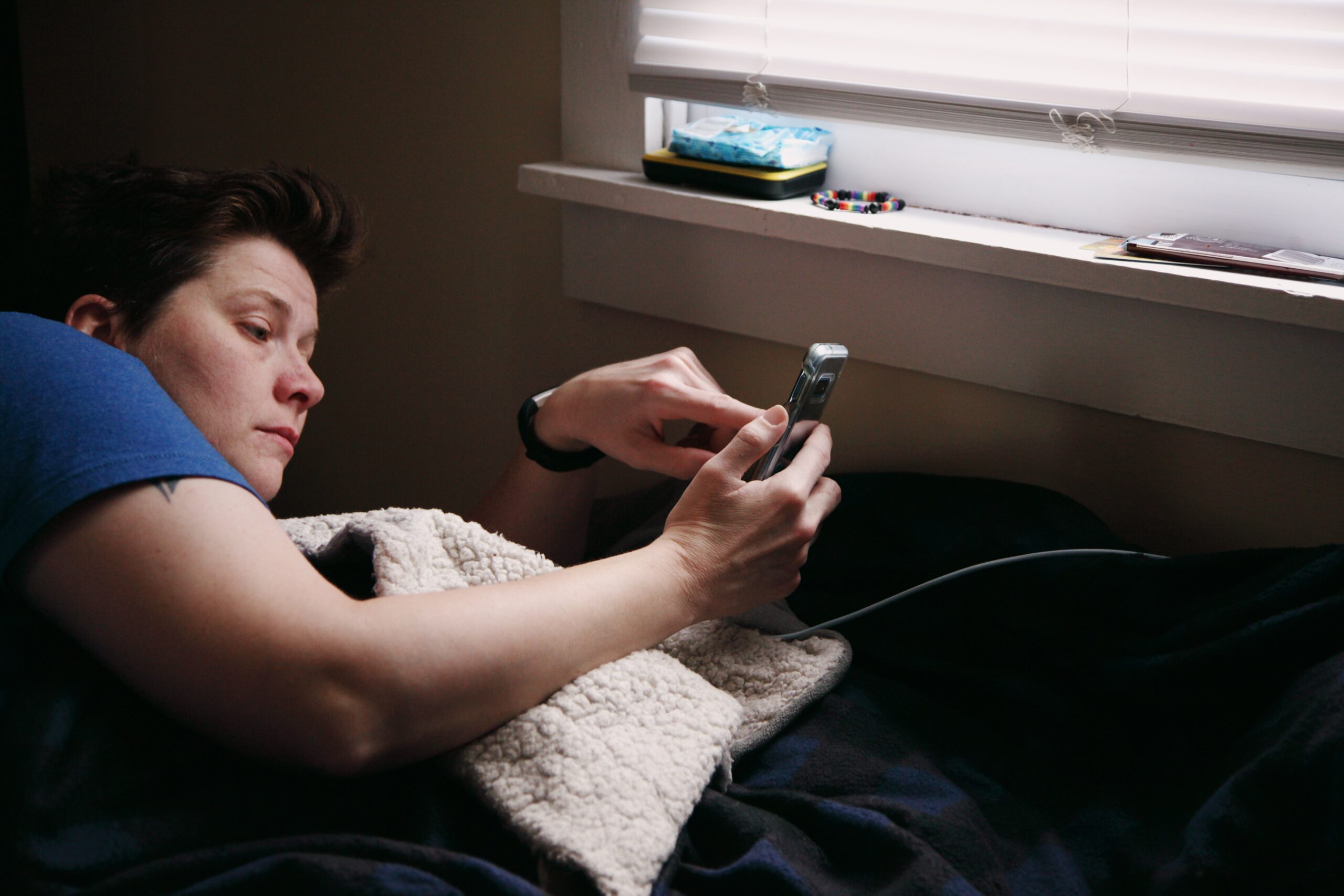
But there are a few other things you should know…
🧠Your devices—and all the apps that you use on them—have been engineered by the most brilliant minds of our generation to be as addictive as possible.
Quick science lesson: Our brains have a chemical called dopamine that makes us feel good. Each time we receive a notification on our devices, we get a little hit of dopamine, and that makes us feel good. But over time, we build up a tolerance, and so we keep returning to our devices over and over to recreate that feeling—instead of interacting with the world around us, where the feedback patterns are less predictable.
(A former Facebook engineer put it this way: “The short-term, dopamine-driven feedback loops that we have created are destroying how society works.”)
🔔 All those little interruptions have also made us obsessed with the idea of productivity.
We’ve trained ourselves to respond as quickly as possible to every message, every email, every request. And since we carry our devices in our pockets, we feel obligated to be productive 24/7.
☎️ Quitting “cold turkey” isn’t always the answer.
Some people think that the current wave of Y2K nostalgia has to do with the fact that we had the Internet and cell phones if we needed them…but most of us didn’t rely on them the way we do now.
The genie is out of the bottle, though, and we can’t just magically go back to those days.
For most of us, ditching technology isn’t an option—we still have to earn our paycheck (and then log on to pay the bills). Which means that we’re still going to be firing up Zoom, Teams, Google Docs, and all the apps that make up our workday.
One-off fixes can be healing, but they aren’t enough in and of themselves.
A yoga class, a Reiki session, even a weekend away at the lake house (where 5G is spotty on the best of days).
Stepping outside our everyday lives is beneficial. But sooner or later, the spell is broken, and you have to get back into your car, navigate rush-hour traffic on your way home, decide what to heat up for dinner, and answer an urgent email about a project due first thing tomorrow.
Before you know it, your sense of calm and well-being has evaporated, and you’re back to the same old stress.

What you need is a template for how to be in the world.
How to find balance. How to coexist with technology and devices while still feeling connected to the physical world and the people who live in it.
When you practice Acousmatic Therapy, you’re giving yourself permission to rest, unplug, and reap the benefits of sound therapy and meditation, so that you can…
- Stop reaching instinctively for your phone whenever you have a couple of minutes of downtime (or every time you get a little ping! to tell you that you got an email)
- Get your attention span back—like when you were ten years old and could focus for hours on reading The Hobbit, or shooting free throws, or building a spaceship out of Legos
- Slip gently into a deep, restful sleep without spending hours tossing and turning—or playing with your phone
- Regain control of your emotions, so that you’re not just reacting to the situation at hand
- Nurture the creativity and energy that come from giving yourself time to rest and think—not just respond to what others have created
In other words, you’ll regain control of your thoughts and your time, while also finding the clarity and calm that come with a regular mindfulness practice.
Meet your guide
I’m Michael Reiley—a musician, composer, and teacher. My work focuses on exploring how listening can help us heal, focus, and connect with ourselves and one another.
As a high school student, I read everything I could find about meditation, lucid dreaming, and consciousness at the local library. Over time, I developed a practice influenced by the teachings of Theravada Buddhism, both at home and during the occasional weekend retreat.
In the meantime, I had also become a musician. Childhood piano lessons gave way to playing with a band. As I engaged with the local art scene, I began composing, with a focus on ambient music.
But it took me years to connect the dots between my meditation practice and my love of sound.
What happened? First, I discovered Deep Listening®, which taught me about the healing power of sound, and how vital it is to our connection with the world. Around the same time, I began leading my first meditation classes with the encouragement of my own teacher.

Over time, I found myself using sound in a variety of ways to enhance the experience of meditation.
During the pandemic, I created Sound Sangha, a small group that meets weekly to meditate and discuss mindfulness topics.
After seeing how my students benefited, I had the idea to create a portable course that people could use when and where they needed it—and Acousmatic Therapy was born.
(Wondering if someone who writes music and teaches meditation can really understand the issues that come with screen fatigue and device overuse? Much like you, I rack up screen time daily as I edit my compositions, create websites, and communicate with faraway loved ones. In other words: these are techniques I use in my own life, too.)

“Regular practice under benign situations has been equipping me with techniques to draw upon during restless sleepless nights.”
—Cynthia
“It helps me react more compassionately to life in general and maintain a composure that is beneficial to pretty much all aspects of my life.”
—Camilla

The magic happens when you rebalance your senses.
There’s a theory about why screen time leaves us feeling so drained. It causes us to develop an overreliance on one sensory organ: our eyes. When we’re catching up on our Twitter feed, deleting emails, or sitting through a staff meeting on Zoom, we’re constantly using our eyes to process information.
Much of what we see on our screens is so unnatural that it fatigues our brains. We weren’t meant to spend hours looking at our own face, examining our appearance and monitoring our nonverbal cues. Nor were we supposed to spend so much time looking at other people’s faces in an overly intimate, up-close format.
The solution: bring balance back to our senses through the power of listening—which also allows our eyes to rest.
Listening is a vital, ancient skill. For centuries, it was how we shared stories and gossip, how we connected with one another at the end of a long day.
The practice of listening can help us reconnect with the world around us—and with ourselves.

Permission to close your eyes and find balance again
Introducing
ACOUSMATIC THERAPY
A meditation course for people experiencing overwhelm and screen fatigue who want to detach from productivity and round-the-clock availability
Rooted in several disciplines:
🌬
breathwork
🌸
meditation
🎼
music therapy
🎧
acousmatic sound
Acousmatic Therapy is a six-module, audio-only program that asks you to set aside time once a week for listening, rest, and contemplation. By using acousmatic sound, we can rest our eyes while reconnecting with our ability to listen.
The first three modules of the course take you on an inward journey, and they’re intended to be practiced at home, in a restful position.
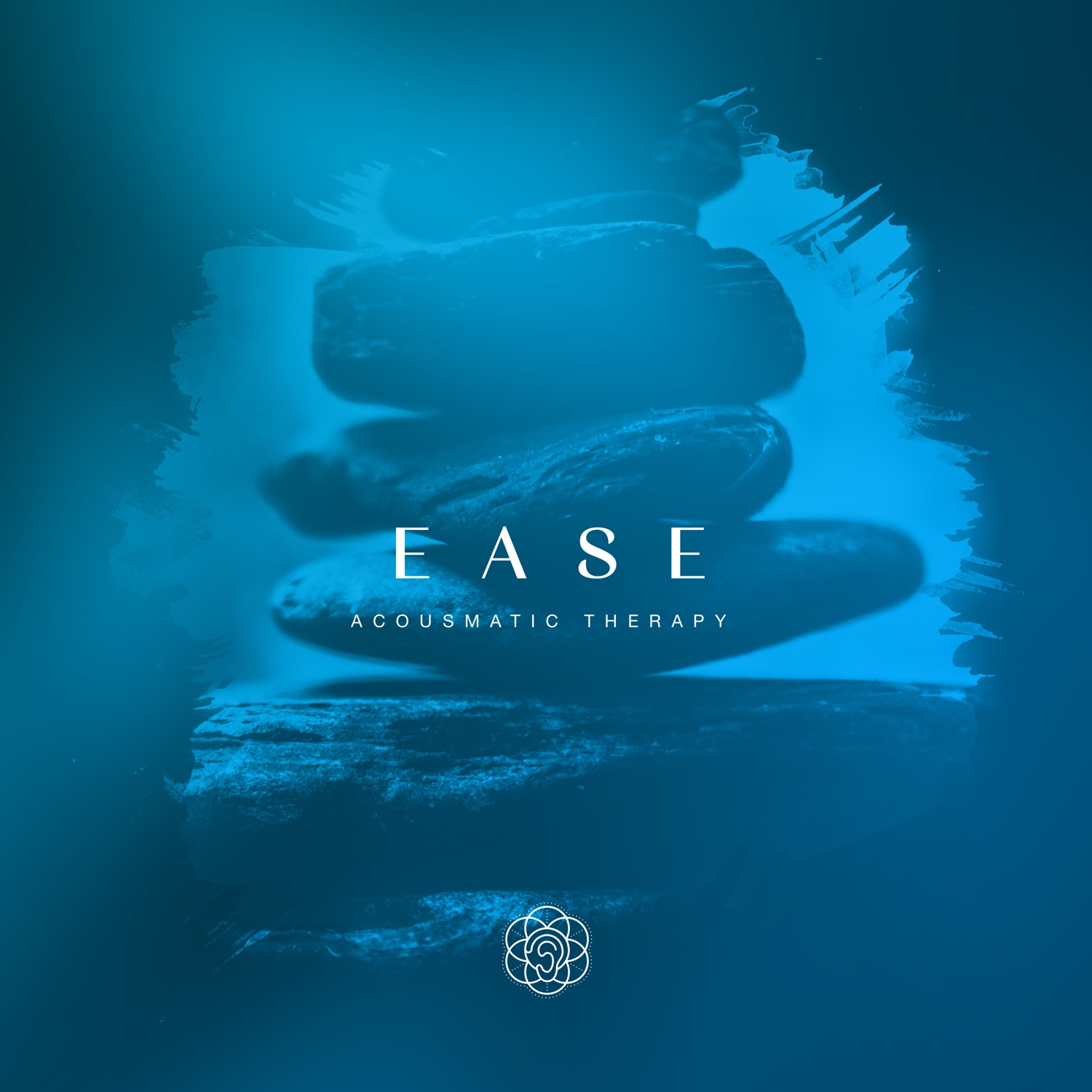
Module 1: Ease
As stress accumulates throughout the day, we often find ourselves unable to stop worrying. Instead, embrace the present moment and rediscover the ease of simply existing in your body. This module pairs a guided meditation with gentle music so that you can cultivate the power of stillness and begin to relax.
Listen to a sample of Module 1: Ease
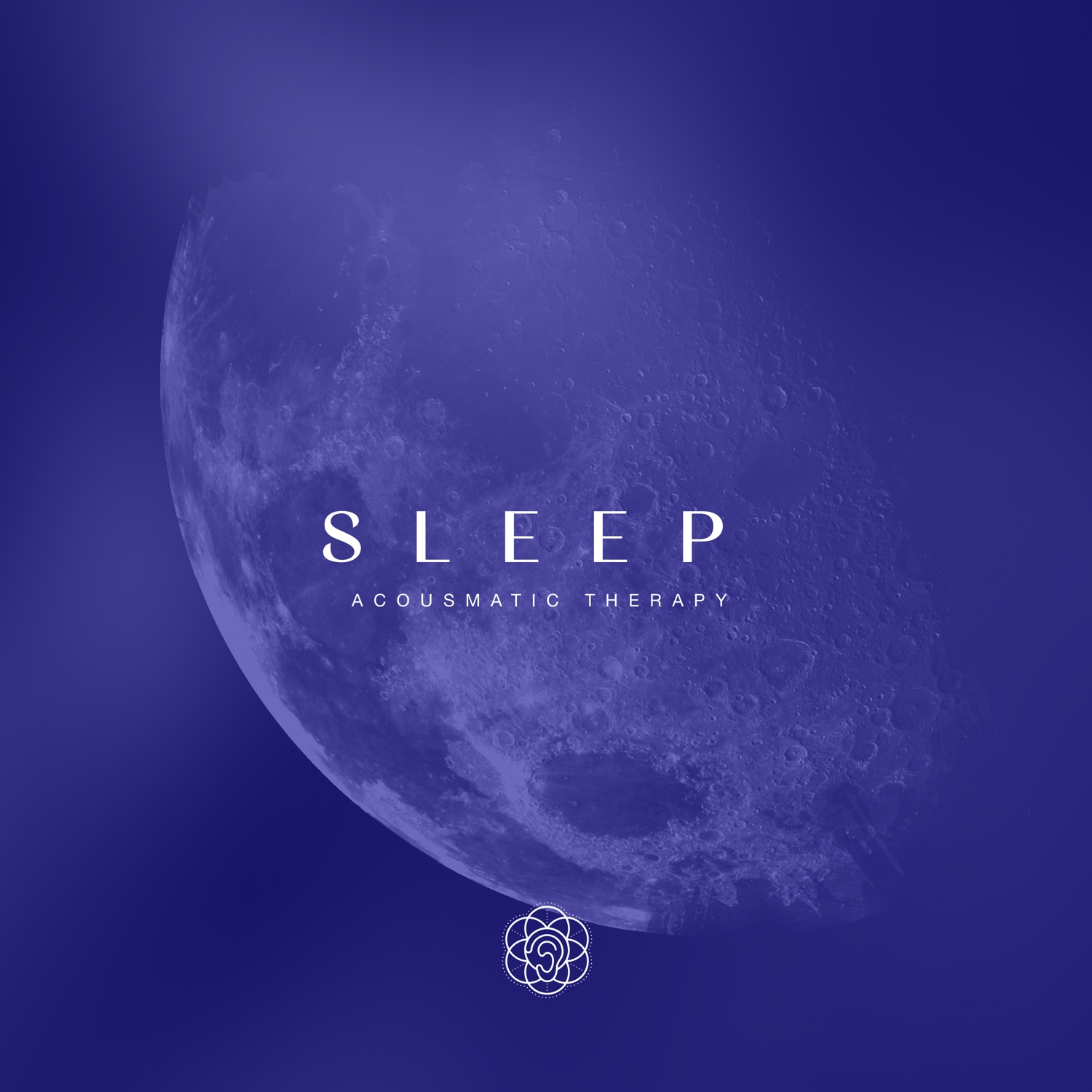
Module 2: Sleep
Too often, bedtime means time spent bathed in blue light, scrolling through Instagram, TikTok, or even reading the news. Develop a bedtime ritual that will help you slip gently into deep sleep so that you wake up feeling renewed. Sleep pairs guided meditation with a soundscape lullaby to soothe your body and your mind.
Listen to a sample of Module 2: Sleep
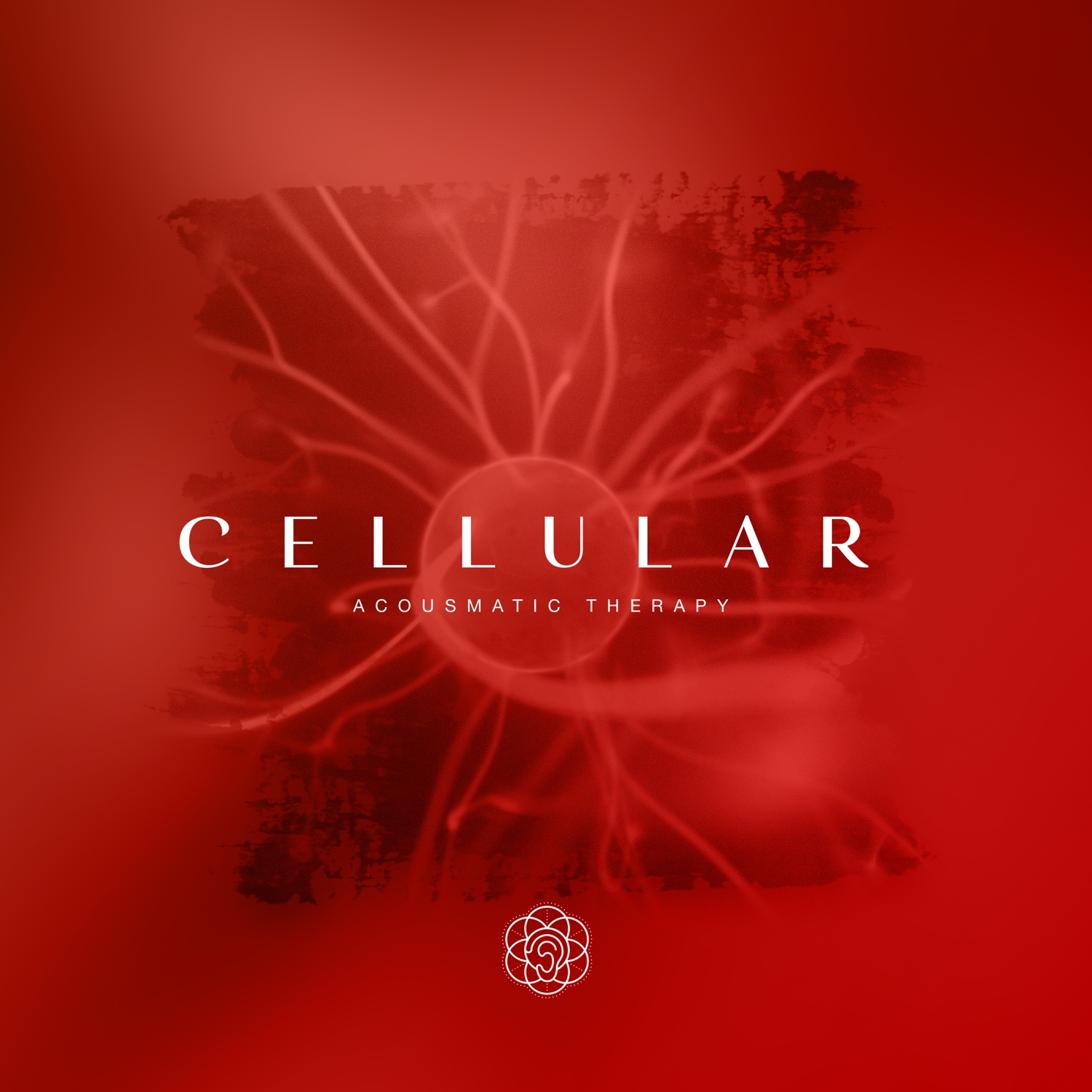
Module 3: Cellular
Start your day from a place of healing by connecting to your body. Time spent in front of screens can reduce the world to a two-dimensional space, flattening our senses. Cellular pairs special frequencies with a meditation intended to make us aware of our bodies and how they move through space.
Listen to a sample Module 3: Cellular
In the second half of the program,
we take our practice out into the world.
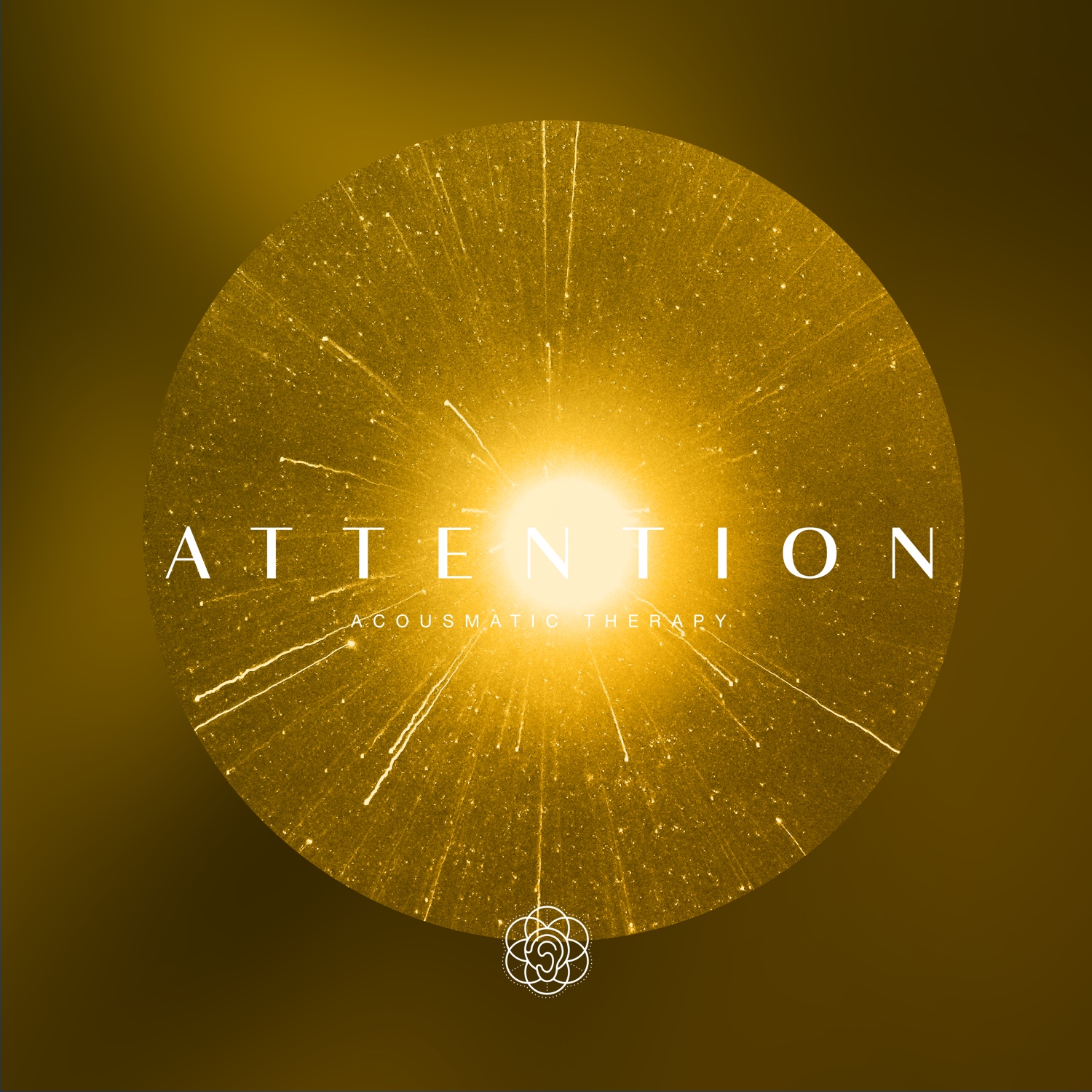
Module 4: Attention
In Attention we learn to refocus our senses from the 2D screen to your 4D life. The guided meditation and sound therapy explore the spectrum of attention and awareness to reinvigorate our natural sense of balance, focus, and flow states.
Listen to a sample Module 4: Attention
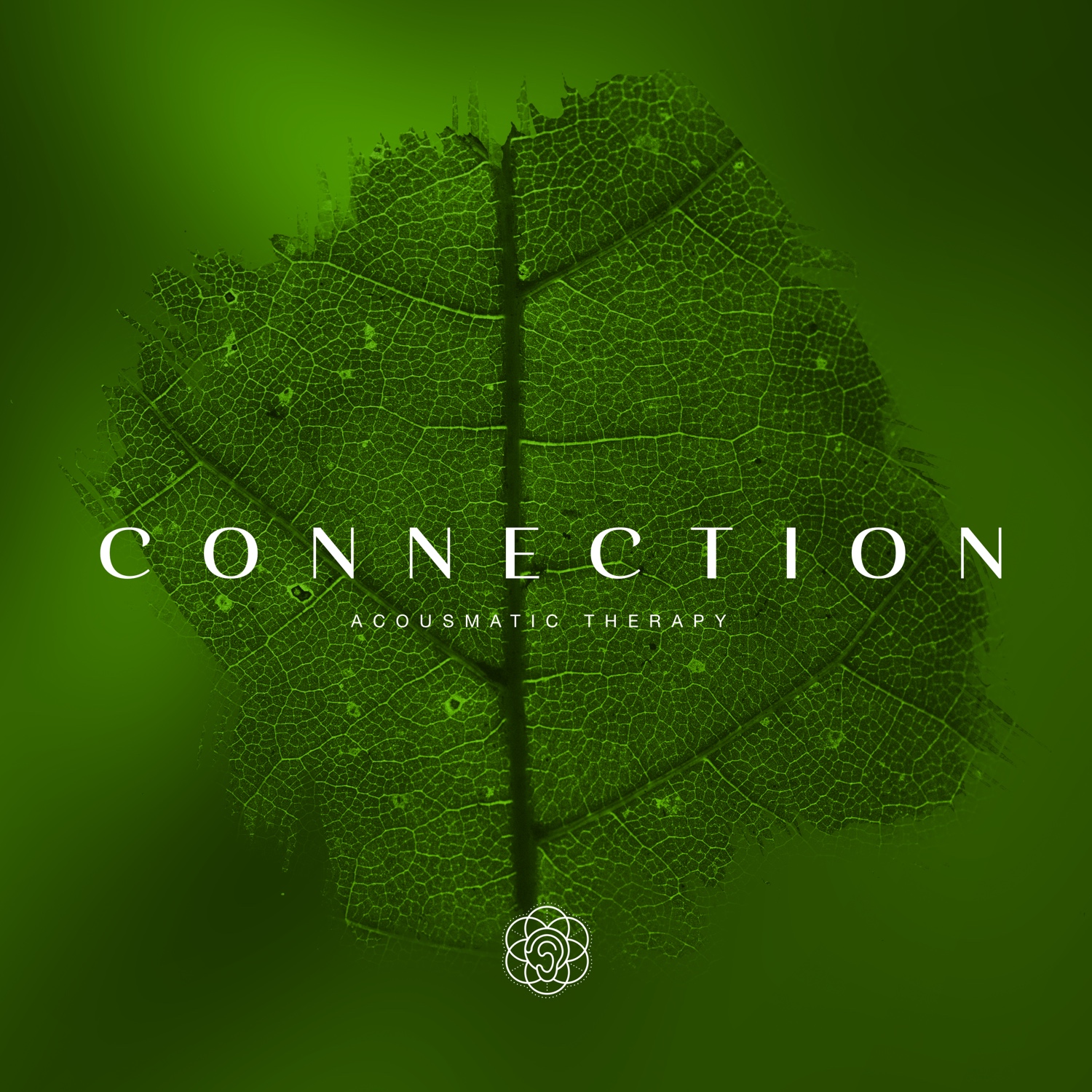
Module 5: Connection
Learning to listen deeply to our environment helps us understand our place within the broader world. Before, we were focused on developing an awareness of ourselves. Connection nudges us to connect with the world around us through soundscapes.
Listen to a sample Module 5: Connection
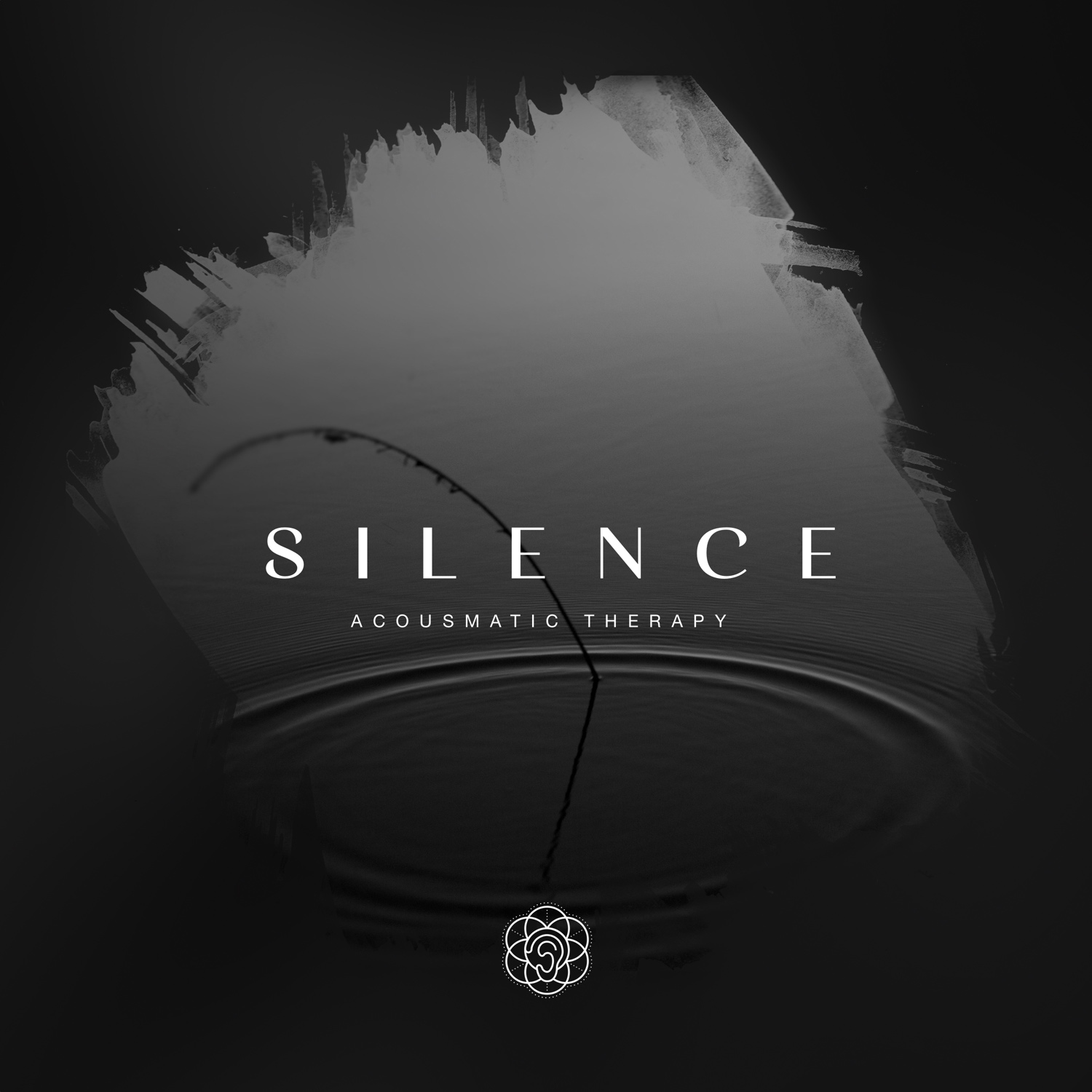
Module 6: Silence
Experience the restorative—and generative—properties of silence. Often, when confronted with silence, we immediately seek to fill it, so that we [why? Why do we do this?]. Silence invites us to apply the listening techniques we’ve practiced to periods of silence.
Listen to a sample Module 6: Silence
Each module includes a music-only version of the track so that you have the option to practice without the guided meditation.
The course contains over six hours of recorded materials, a PDF booklet to serve as a roadmap for your practice.
Along the way, I’ll also offer advice for creating rituals that help you disconnect from your devices and the demands of the digital world, as well as exercises you can do to build on the work that takes place during our meditation sessions.
When you join, you’ll receive a digital download/streaming link via email.
Questions you might be asking yourself before committing to Acousmatic Therapy
One of my students once said that the best part of coming to our weekly meditation practice is surrendering to someone else’s agenda. There is no need to hesitate over how long to meditate, or which guided meditation to choose. Just show up, bring yourself, and let the work begin.
Meditation apps can be a valuable tool. But they’re also bloated with content. In a world where we’re constantly overwhelmed with small decisions, even the decision of which meditation to do can serve as a roadblock to doing the actual work.
Sometimes it’s easier to strip things back to the basics and focus on the practice itself.
To enrich your practice even further, I’ve layered in music and soundscapes that are designed to align your body and mind with the natural world around you.
You’re not wrong: meditation requires little more than you, some free time, and a place to sit or lie down.
But as with any discipline, you need to develop your skills gradually. Yes, all you need to go ice skating is a pair of skates and a rink, but that doesn’t mean you can keep your balance the first time you strap on a pair of skates.
Acousmatic Therapy was created to help you hone your mindfulness skills over time, the same way that a fledgling ice skater’s muscles learn to work in concert with one another.
We start with shorter sessions and increase the duration from there, and each session also builds on the techniques you learned in the preceding ones.
I created Acousmatic Therapy with the understanding that the people who need rest and mindfulness exercises are often the ones with the least free time. There are six modules, and each one takes between 20 and 60 minutes, ramping up over the length of the course.
But that doesn’t mean you need to carve out time for meditation every day. I recommend spacing the modules out a week apart. This allows you to absorb what you have learned, discover how it shifts your perspective, and listen to your body and your emotions. Slowness is a virtue.
Many of us have internalized the idea that you need to be good at meditation to meditate—and that being “good” at meditation means sitting perfectly still for 30 minutes without having a single thought cross your mind.
But meditation is a practice. In other words, trying to meditate isn’t a means to achieve results—it is the result.
You don’t need to be good at meditation to benefit from it. You don’t even need to have tried it before. Just let go of any expectations, and give it a try.
While my own meditation practice has been informed by the Buddhist teachings, the modules in Acousmatic Therapy were created to work for everyone, no matter their background or spiritual leanings.
Time and again, I find that students receive what they need from the practice. I’ve had some people say that regular attendance at my workshops encouraged them to develop a closer relationship with the divine. Other students who attended the same workshops describe what they’ve learned in purely practical terms.
No two people will have identical journeys, and what you take away from the practice will reflect that.
In my work as a Sound Therapist, I seek to balance the art, science, and spirituality allowing the power of sound to act as a force of wellness and balance in the body.
I use a combination of ancient techniques (encouraging listeners to go outside for a ‘forrest bath’ as its practiced in Japan) to new technologies like Binaural Beat Frequencies to help entrain the brain towards of state of homeostasis.
You’ll hear other sounds throughout the course that are more traditional like piano, synthesizer, hand pan, and singing bowls. I’ll explain what sounds you’ll be hearing and any listening suggestions throughout each module.
The course if being sold through the wonderful Bandcamp platform. So when you purchase the course, you’ll receive a link to download the files as MP3s (smallest size) or FLAC (hightest quality).
From that email you can download and unzip the audio files for the course and play them in iTunes or your favorite audio player. You can synch your phone with iTunes to transfer to your phone.
Alternatively, you can download the Bandcamp iOS or Android Application and stream the files from Acousmatic Therapy on your device to take them anywhere you go.
Acousmatic Therapy was created as a powerful counterweight to the stress of our daily lives—and how it affects us physically and mentally.
So if you’ve already started exploring ways to combat the effects of screen time, but haven’t found a way to translate that into practice yet…
…if you want a roadmap for clarity and calm that you can turn to again and again…
…if you’re intrigued by the idea of meditation but afraid you won’t do it “right” so you never give it a try…
…if you want to leverage the healing power of sound to balance out the effects of too much time spent consuming information visually…
…then Acousmatic Therapy is the ideal solution for you.

